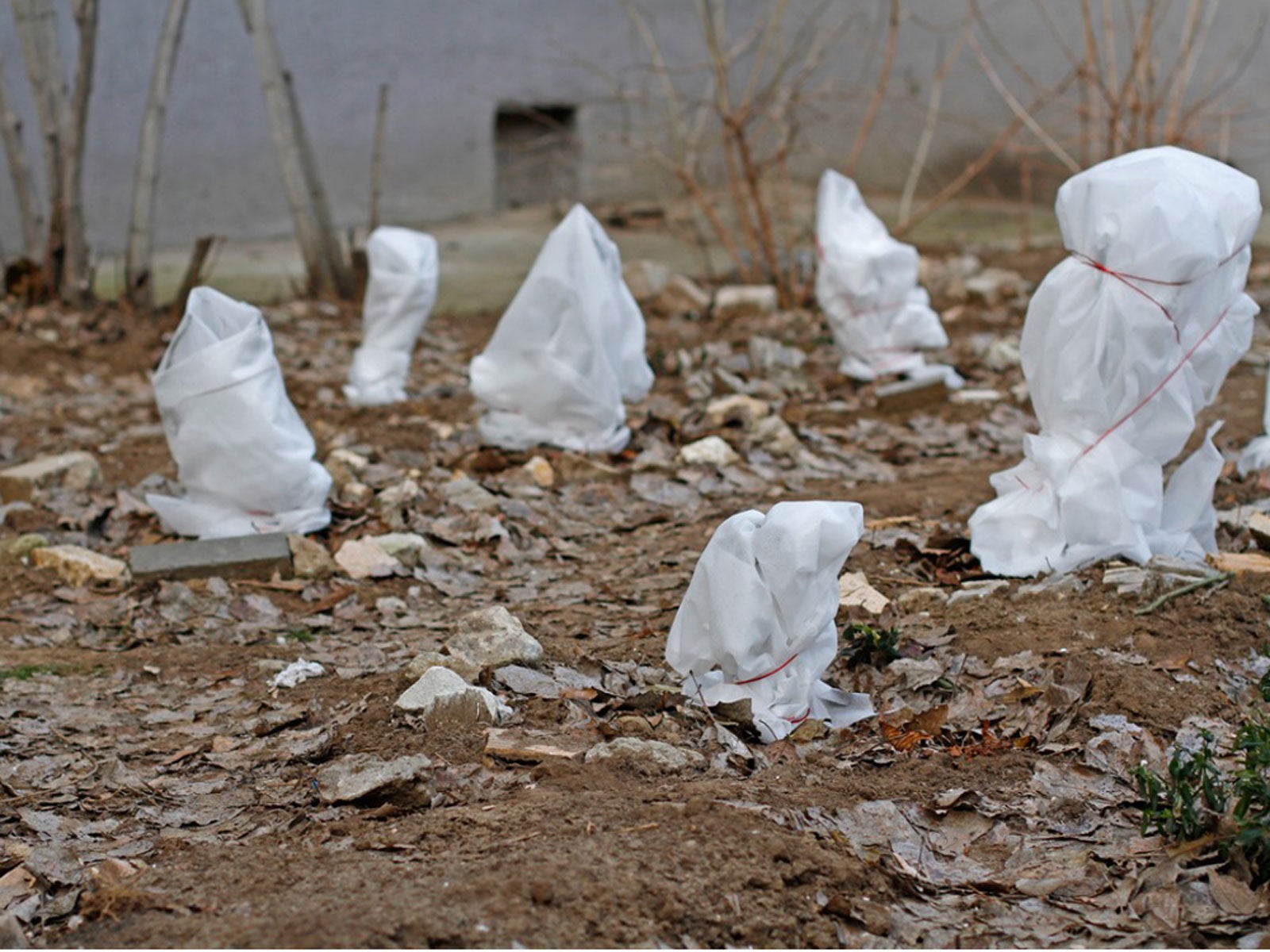Winter Prepping Plants – How To Prepare Plants For Winter


Even though the weather has started to cool, experienced growers know that preparation for winter can be quite a busy time in the garden. Winter prepping plants will vary greatly, depending upon the region and what has been planted. Regardless of these facts, preparing plants for winter will be key in sustaining and maintaining healthy plantings each year.
How to Prepare Plants for Winter
Protecting plants in winter will require research. First, understand winter conditions within your garden, as well as the needs of the plants. While those living in mild climates may only need occasional protection from light frosts, gardeners elsewhere may need to implement several techniques to ensure the survival of garden plants through winter.
Protecting plants in winter from light frost is fairly straightforward. With a few simple techniques, plants can survive brief cold snaps.
- Soils should be well watered. Since wet soils are better able to retain heat, adequate moisture will be essential.
- Coverings such as frost blankets, or even old bed sheets, are ideal when used overnight to protect plants from dips in temperature. Always make certain the material does not come into contact with the plant itself, as the weight can cause damage. Once temperatures rise, remove the cover immediately to allow proper light and air circulation to resume.
- Among the most common methods of protecting plants in winter is to bring them indoors. While many tropical plants can be grown in containers as houseplants, others may need more consideration. Preparing plants for winter, in some cases, will require plants to reach dormancy before moving the containers. In these instances, getting plants ready for winter means reduction of watering and fertilization so that the plant’s natural growth cycle may continue uninterrupted.
- In addition to encouraging dormancy in herbaceous plants, cold tender summer bulbs will need to be lifted from the ground and stored for the winter.
- Learning how to prepare plants for winter that will remain in the garden will require attention to the needs of soil. During fall, many growers apply heavy mulch layers. These layers should consist of natural materials, like leaves or straw. When freezing temperatures finally do arrive, additional mulch can be added around plants. This additional insulation is essential to helping plants survive potentially frigid conditions and cycles of freezing weather in the garden.
Gardening tips, videos, info and more delivered right to your inbox!
Sign up for the Gardening Know How newsletter today and receive a free copy of our e-book "How to Grow Delicious Tomatoes".

Tonya Barnett has been gardening for 13 years. Flowers are her passion. She has transformed her backyard into a cut flower garden, which she regularly chronicles on her YouTube channel http://www.youtube.com/@tonyawiththeflowers.